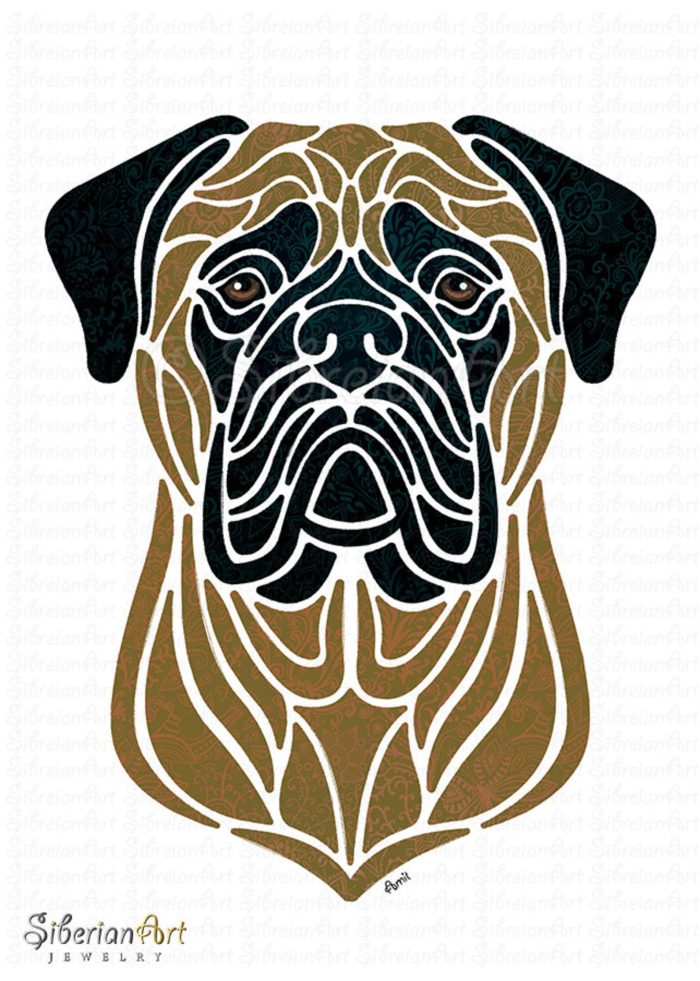
It’s a tried and proved adage. Find a need and fill it.
The foundation of the breed that filled a particular niche was 60% Mastiff and 40% Bulldog. For obvious reasons, the resulting dog was called the Bullmastiff, a dog bred by British gamekeepers specifically to protect against poachers, but what about these dogs was so darn effective against poachers?
We’re going to write this next part in a whisper: They were quiet. To this day, Bullmastiffs don’t typically bark unless they’ve got something really important to say. Forget EF Hutton. If a Bullmastiff speaks, you’d better listen.
And that just for starters. Bullmastiffs could cover short distances really quickly; they were independent trackers, and they could silently pin a poacher to the ground without killing or mauling him.
Why couldn’t either of the breed’s contributors do this? Well, at first, they did try. Gamekeepers used the Mastiff to do this job, but the dogs were too large, too slow, and not aggressive enough. The English Bulldog was tried next, but at the time, the breed was too ferocious, but not large enough to take down a bad guy. A combination of the two worked beautiful, and a terrific breed was born. The Kennel Club of England agreed and recognized the Bullmastiff in 1924, the AKC later in 1933.
Bullmastiff by Amit Eshel – SiberianArt
https://www.etsy.com/shop/SiberianArt
www.etsy.com/shop/siberianartjewelry
